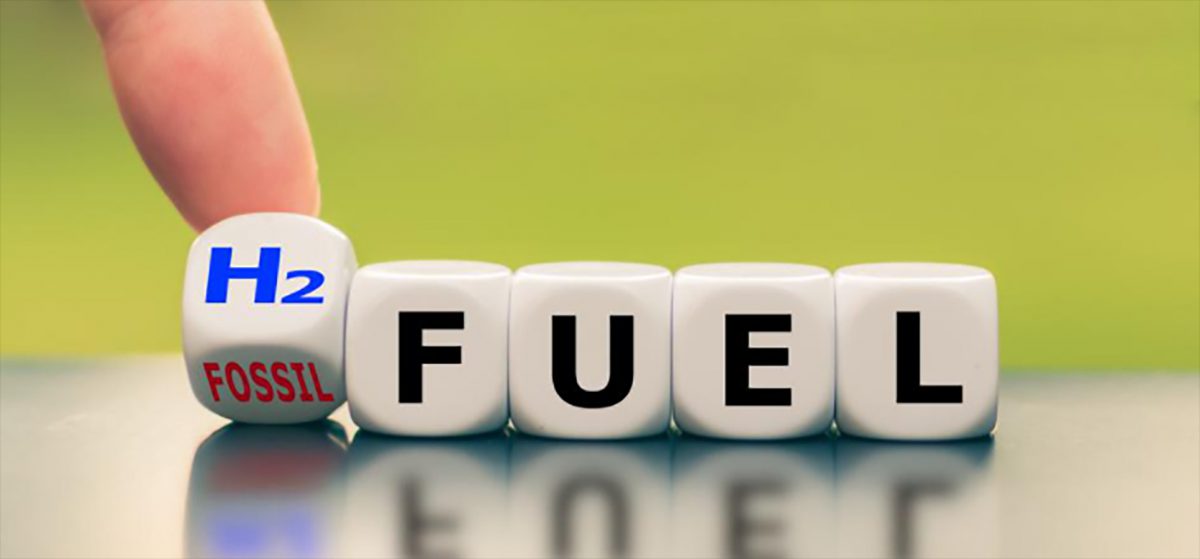Hydrogen has many uses throughout a number of different industries, such as for the production of ammonia and methanol within the chemical industry and within oil refining. Recently, more emphasis has been placed on the importance of hydrogen as an energy carrier to be used to produce power through the use of fuel cells and for use in vehicles.
Hydrogen is a key component to achieving the net zero emissions by 2050 targets set by the UK government with many other countries globally having similar goals. At the end of 2019, five countries had developed a hydrogen strategy but by 2021, around 20 countries have published a national hydrogen strategy with a collaborative framework also being set up by the International Renewable Energy Agency (IRENA) to encourage international co-ordinated support for green hydrogen specifically. The main outcomes of the hydrogen strategies are to meet a set capacity of low carbon hydrogen production in the coming years and setting targets for industries to switch from fossil fuels to low carbon fuels like hydrogen.
There are many processes to produce hydrogen that can be used in industry or as an energy carrier within fuel cells to produce power. These processes can be categorised through the Hydrogen Rainbow:
- Brown/Black hydrogen – Produced through gasification of coal releasing hydrogen and carbon dioxide
- White hydrogen – Naturally occurring hydrogen found in underground deposits
- Grey hydrogen – Produced through steam reforming of natural gas releasing hydrogen and carbon dioxide
- Blue hydrogen – Produced through steam reforming of natural gas releasing hydrogen and carbon dioxide with carbon capture and storage
- Turquoise hydrogen – Pyrolysis of natural gas producing hydrogen and solid carbon
- Red hydrogen – Produced through the high-temperature catalytic splitting of water using nuclear power as an energy source
- Purple hydrogen – Using nuclear power to split water through electrolysis to produce hydrogen and oxygen
- Yellow hydrogen – Using solar power to split water through electrolysis to produce hydrogen and oxygen
- Green hydrogen – Using renewable power, such as wind, to split water through electrolysis to produce hydrogen and oxygen
96% of current hydrogen production is from fossil fuel methods (mostly black, grey and blue hydrogen) and virtually all of this is used in industrial processes. This is due to costs of production pathways, technology maturity, and supply chain complexities. In order for hydrogen to play a part in meeting net zero ambitions, hydrogen manufacturing routes will have to undergo substantial transformation. A capacity increase needs to occur in order to facilitate expected growth in transport, buildings and electricity generation via hydrogen while also shifting to low-carbon methods of production i.e. green hydrogen.
For transport, there are challenges due to the diversity within the sector from road travel to aviation and shipping. Each sub-sect has its own needs depending on distance, load, refuelling capabilities and costs. Fuel cell vehicles, such as the Hyundai Mirai, are starting to be used, mostly in Korea, China, Japan and the USA. Hydrogen use in buildings for space and water heating may be limited due to already efficient existing technologies, with an electricity based approached more favourable and safety requirements being a concern to users. With regards to electricity generation, currently <0.2% of electricity supply is from hydrogen. Hydrogen deployment in the power sector can be through the use of gas engines, such as the 45 MW gas turbine in Korea that operates up to 95% hydrogen, and through fuel cells.
For further information on hydrogen activities in the UK and Ireland, please see our previous blog – The Growth of Hydrogen Associations


